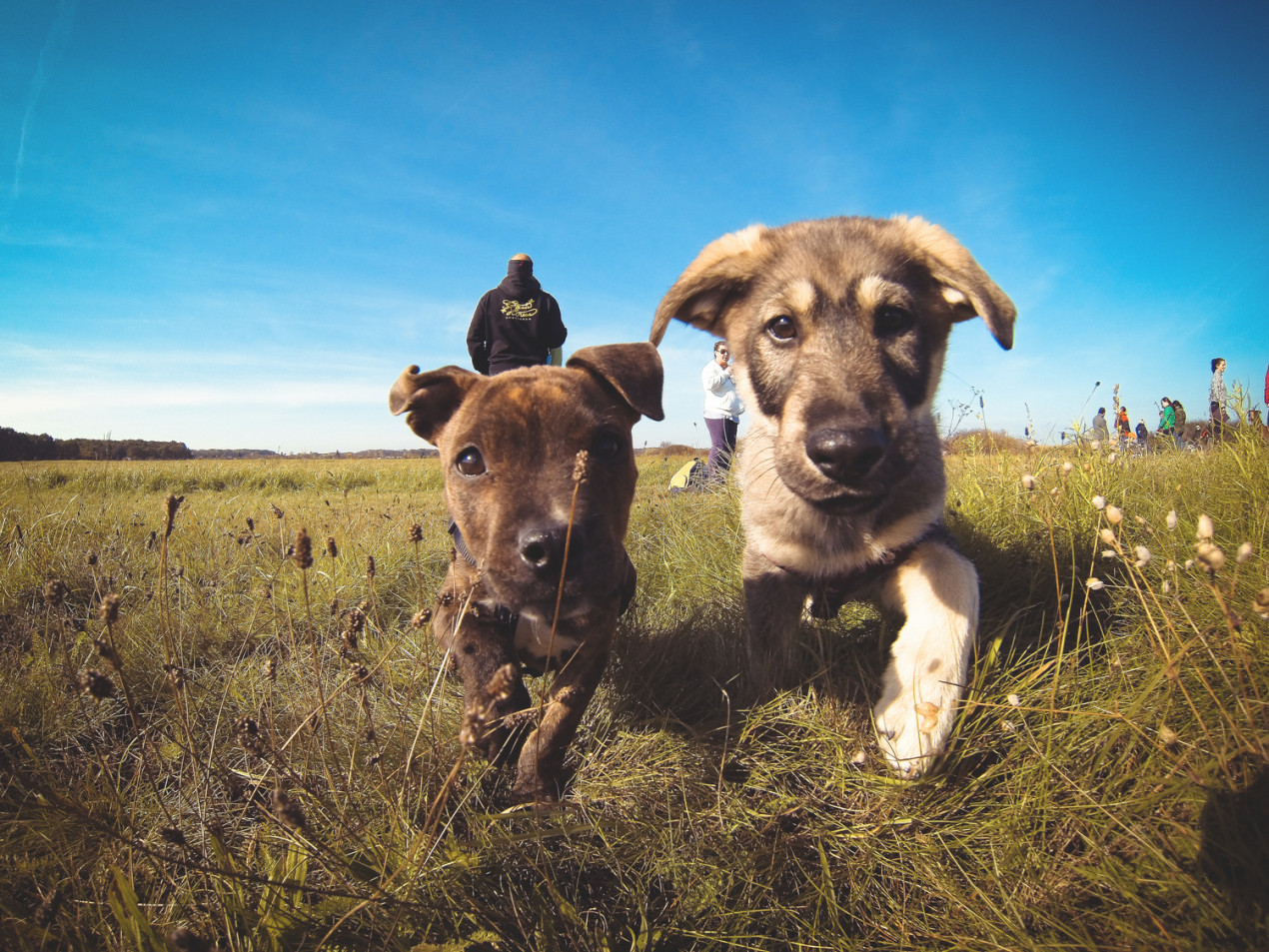
What does spaying a dog involve?
Spaying is the specific term given to the neutering of a female animal.
The dog spaying procedure involves your pet having an anaesthetic and then removal of her reproductive organs. Although there are a number of ways to carry this out, most vets in Britain perform something called an ovariohysterectomy, which involves removing the uterus and ovaries completely.
Are there disadvantages to spaying my dog?
Many of the so-called disadvantages are unfounded. There are three specifically recognised issues with spaying:
- increased tendency to put on weight – neutering reduces your pets metabolic needs and therefore their food and exercise requirements. However, this is easily controlled by adjustments to quantity of food and increased exercise and not an ‘obligatory’ side effect of neutering
- alteration of coat colour and quality – there is evidence that a minority of breeds – setters and some spaniels – can develop changes in their coat following neutering. The incidence of this is still relatively low even in affected breeds but must be taken into account.
- surgery – spaying is a major although routine form of surgery and as such has risks associated to that. That said, it is a very commonly performed procedure and as such, risks and complications are known and minimized as much as possible.
Are there alternatives to dog spaying?
There is an alternative temporary method – medical control. Mostly available for dogs, there are a variety of drugs which can be used to inhibit the cycle. Many of these are based on natural hormones. The drugs are available as tablets or by injection and can be used to delay or stop a season completely. To effectively de-sex a dog for life these drugs have to be used on a continuous basis. Side effects are then likely to occur. This method of chemical neutering is likely to prove expensive and if long-term heat suppression is required, surgery should be carefully considered.
When to spay a dog in the UK?
Owners often ask ‘when can I spay my puppy’. In general, it’s recommended to have your dog spayed either a couple of months before or a couple of months after their first season. There is a fairly complex series of arguments for and against each option and the evidence to go with this regularly changes. The best option is to talk with your vet and see what they recommend. Some of the reasons behind spaying at a young age obviously become negated as your dog gets older. However, it is never too late and spaying at any age can still have significant benefits.

Does my dog need to have a litter before spaying?
No. There is no evidence that your pet is better adjusted by having a litter or indeed missing out by not having a litter. Indeed the risks of having a litter and the potential complications can mean allowing your pet to have a litter can leave them much worse off.
What if I want my dog to have a litter?
While nobody is going to stop you doing this, make sure you are clear on the reasons why you want a litter.
Although everyone loves their own pet and thinks they are perfect, it is important to carefully think through why you want to breed from your pet specifically. You need to weigh up the pros and cons carefully. Here are a few things to consider:
- most ‘stud’ animals have a proven ‘excellence’.
- you may want a ‘replacement’ for your pet, but you will potentially have six or seven ‘replacements’ to raise and rehome.
- if things don’t go to plan, medical care can be expensive.
- breeding of animals is an area not covered under most insurance policies. Will you be able to afford if this goes wrong? – A caesarian will cost somewhere between £500 and £2000 during the daytime and could be more out of hours. Your vet will expect payment in full and at the time.
- rearing a healthy litter is still costly by the time you have fed, wormed, vaccinated, cared for and loved them through the first weeks of life. Most people do not make money from breeding.

